Toyota has announced it has develop the world’s first neodymium-reduced, heat-resistant magnet, which can be used in high-output motors found in electrified vehicles like the Prius. The new magnet uses significantly less rare earth metals, but doesn’t suffer from any performance degradation as a result.
According to the carmaker, magnets used in automotive motors must have high coercivity, or the ability to maintain magnetisation even at high temperatures. This warrants the use of rare earth metals in such magnets, which accounts for approximately 30% of the elements used.
When neodymium magnets are used at high temperatures, additional earth metals – terbium (Tb) and dysprosium (Dy) are generally added to increase high-temperature coercivity. However, both are rare, expensive and usually found in locations with high geopolitical risks (affects supply).
Toyota’s newly-developed magnet not only reduces the amount of neodymium (Nd) used by up to 50%, but also eliminates the use of terbium (Tb) and dysprosium (Dy) altogether. In place of the reduced neodymium amount are lanthanum (La) and cerium (Ce), which are abundant and low-cost rare earths.
However, merely reducing the amount of neodymium and replacing it with lanthanum and cerium results in a decline in motor performance. Therefore, Toyota has adopted new technologies to counter this negative effect so the substitution allows for high heat resistance to be maintained and loss of coercivity minimised.
The first is by reducing the size of the magnet grains to one-tenth or less of those found in conventional neodymium magnets as well as the enlargement of the grain boundary area. Toyota also discovered a specific ratio at which lanthanum and cerium can be alloyed so that the deterioration of properties ((heat resistance and coercivity) is suppressed.
The new magnets also feature a higher concentration of neodymium on the surface of the magnet grains, which is necessary to increase coercivity, while decreasing the concentration in the grain core. This creates a two-layer structure, which is more effective than a homogeneous distribution of neodymium within each magnet grain.
Looking to sell your car? Sell it with Carro.

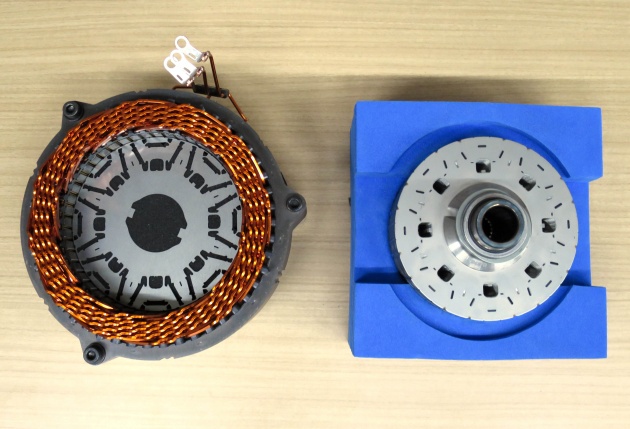


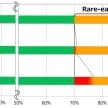
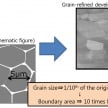
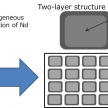
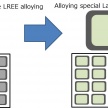
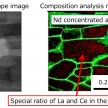




























Toyota best tech bemchmark, pursuit for R&D excellence. Govt grant or no.
Toy got billions in gov grants
Did’t Honda already make a neodymium-less magnet already in its i-DCD hybrid?
It still has neodymium. Just that it’s Dy free but still has traces of Tb.
This one claimed to have none of those 2 rare earth chemistry + 2 extra ‘low cost’ additive.